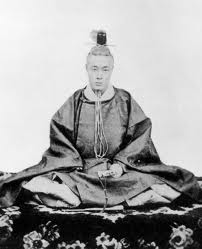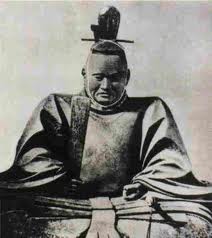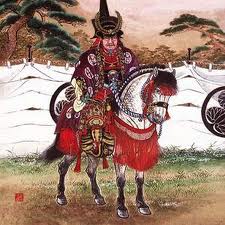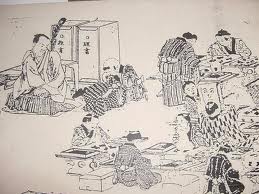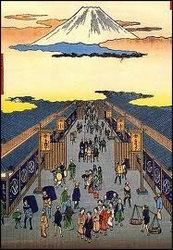Meiji Restoration: The Opening of Japan
The Tokugawa Rule : A Rigid Feudal Society
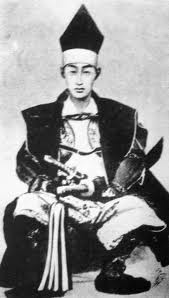
A Japanese Daimyo
Japan had no reason to centralize its power before its interactions with the West because it was not part of a competitive state system and was not subject to military threats. During the Tokugawa era Japan was secluded and had very little foreign affairs. This seclusion led to social, economic, and political problems that were uncovered when they opened up to the rest of the world. Japan's rigid feudal society was significant because it made the debate over modernizing much harder since it would be such a difficult change to go from a medieval society to a modernized country.
"Japanese ships are forbidden to leave Japan... No Japanese is permitted
to go abroad. If there is anyone who does so secretly, he must be
executed."
-Tokugawa Iemitsu, Edicts of 1635 and 1639 (in place until Meiji Restoration.)
to go abroad. If there is anyone who does so secretly, he must be
executed."
-Tokugawa Iemitsu, Edicts of 1635 and 1639 (in place until Meiji Restoration.)
Feudal Society
Click on the pictures to learn more about the social classes in Feudal Japan
"The Tokugawa shogunate was not conspicuous in public life, there was
no police force, no general levy for war, no organized concern with
social welfare, nor for schooling or health. There was no central code of
law. The bakufu created no judiciary, assembled no bureaucracy, and
opened no public treasury. It capitalized on medieval forms of personal
political attachment, utilized marriage and adoption as instruments of
alliance, and continued the familial pattern of a pre bureaucratic order."
-Marius B. Jansen, The Making of Modern Japan
no police force, no general levy for war, no organized concern with
social welfare, nor for schooling or health. There was no central code of
law. The bakufu created no judiciary, assembled no bureaucracy, and
opened no public treasury. It capitalized on medieval forms of personal
political attachment, utilized marriage and adoption as instruments of
alliance, and continued the familial pattern of a pre bureaucratic order."
-Marius B. Jansen, The Making of Modern Japan
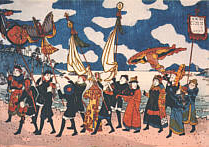
Dutch traders in Japan
Japan was determined to keep their doors closed to the west in order to maintain their orderly society and rigid feudal system. The only exception to this was a colony of Dutch traders, who were allowed to live on an island in Nagasaki harbor. For 200 years this trading post would be Europe's only trading post to this impenetrable land.
Religion
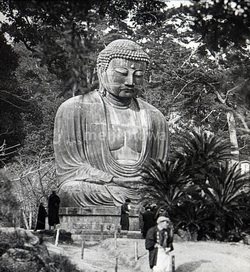
Buddhist Shrine
- Buddhism was the religion of Tokugawa Japan.
- At the turn of the seventeenth century Christianity posed as a threat to Buddhism through the Dutch but it was eventually suppressed.
-Throughout Tokugawa society Buddhist doctrines of karma, rebirth, and denial of the reality of corporeal existence became and remained basic to the world view of millions of Japanese.
- Buddhism was closely related to the power structure. For example, Japanese court nobles were intertwined with the religious hierarchy.
- At the turn of the seventeenth century Christianity posed as a threat to Buddhism through the Dutch but it was eventually suppressed.
-Throughout Tokugawa society Buddhist doctrines of karma, rebirth, and denial of the reality of corporeal existence became and remained basic to the world view of millions of Japanese.
- Buddhism was closely related to the power structure. For example, Japanese court nobles were intertwined with the religious hierarchy.


